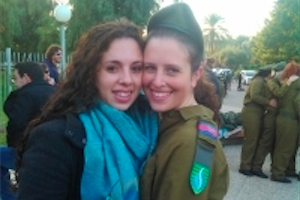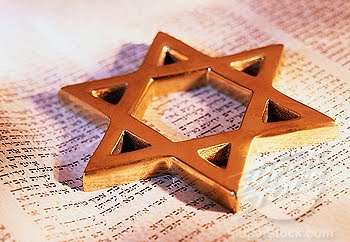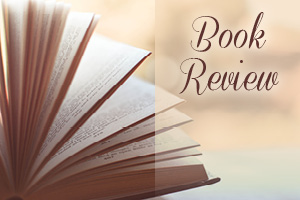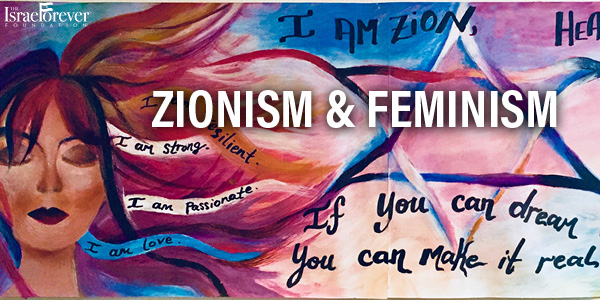When Feminists Were Zionists
by Gil Troy
In June 1975, weeks after Saigon fell, Betty Friedan led a large delegation of American feminists to Mexico City for an International Woman’s Year World Conference hosted by the United Nations. The feminist trailblazer—whose legacy is in the spotlight on International Women’s Day today, 50 years after the publication of her book The Feminine Mystique—traveled south “relatively naïve,” she would recall, hoping “to help advance the worldwide movement of women to equality.” Instead, she endured what she called “one of the most painful experiences in my life.”
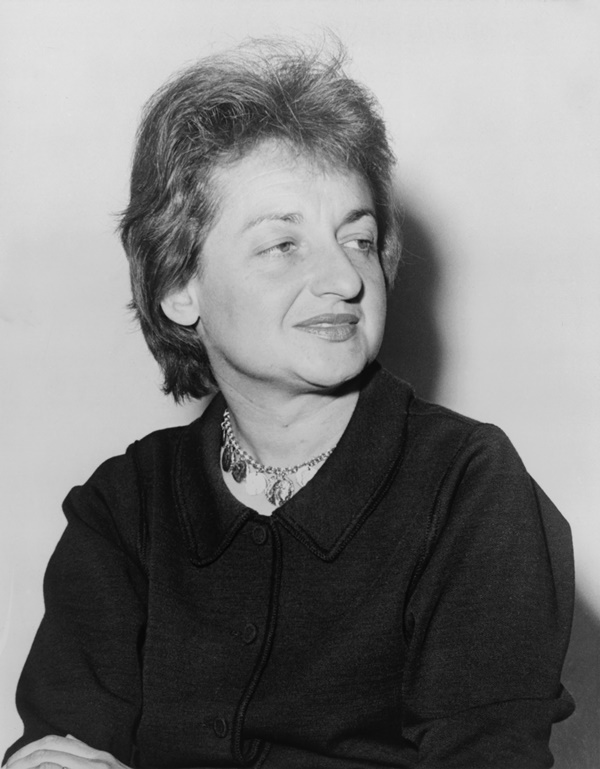
The conference’s anti-Americanism, anti-Semitism, and anti-Zionism shocked Freidan—and diverted attention from the feminist agenda. Men, political spouses, or “female flunkies,” she noted, dominated most official delegations. Few of the delegates seemed interested in women’s issues. American feminists were mocked as spoiled bourgeois elites raising marginal concerns to avoid confronting more pressing issues of racism, imperialism, colonialism, and poverty.
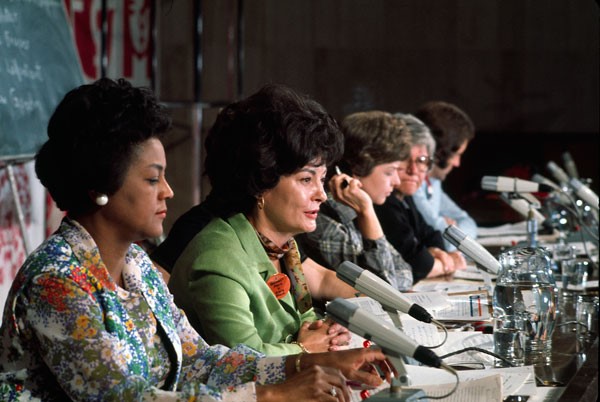
A thuggish atmosphere intimidated the American feminists, especially in the parallel NGO, or non-governmental organization, conference. At critical moments “microphones were turned off” and speakers shouted down. Friedan recalled in notes found in her papers, which formed the basis of her famous article “Scary Doings in Mexico City”: “the way they were making it impossible for women to speak—on the most innocent, straightforward of women’s concerns, seemed fascist—like to me, the menace of the goose-step.” Friedan saw the Israeli prime minister’s wife, Leah Rabin, booed and boycotted, and she watched, horrified, as the “Declaration on the Equality of Women” became one of the first international documents to label Zionism as a form of racism.

When Third World and Communist delegates moved to link the Ten-Year Plan of Action for Women to the abolition of “imperialism, neocolonialism, racism, apartheid, and Zionism,” some feminist voices finally broke the silence. One European woman delegate told Friedan: “That is clear anti-Semitism, and we will have no part of it.” “If Zionism is to be included in the final declaration, we cannot understand why sexism was not included,” T.W.M. Tirika-tene-Sullivan, heading the New Zealand delegation, shouted. Lacking a two-thirds majority, the Arab and Communist delegates forced through a procedural change requiring only a majority vote to approve a declaration so that the anti-Zionist plank could pass.
Under attack, “followed by gunmen and advised to get out of town,” and ultimately hustled out of the hall by three large women from Detroit who were concerned about her physical safety, Friedan had her consciousness raised in a new way. She had been criticizing American society for years. Regarding Judaism and Israel, she had been ambivalent, saying her “own background was not that religious.”
Following the conference, Friedan viewed these democracies’ flaws in perspective. America was at least acknowledging sexism as a problem. Upon her return to the United States, she also dedicated herself to the Zionist cause, advocating Jewish self-defense in confronting vicious, obsessive lies about Israel.
The Mexico City experience integrated Friedan’s two embattled identities. She later celebrated the “new strength and authenticity of women as Jews, and Jews as women, which feminism has brought that enables them to combat the use of feminism itself as an anti-Semitic political tool.” She linked this struggle to “part of the larger never-ending battle for human freedom and evolution. Women as Jews, Jews as women, have learned in their gut, ‘if I am not for myself, who will be for me (and who can I truly be for). If I am only for myself, who am I?’ ”

Back home in New York, when the United Nations considered expelling Israel that fall of 1975, Friedan mobilized against the move in order, as she put it, to “save the U.N.” She noted that, having risen from the “ashes of the Holocaust,” the United Nations was now sacrificing its credibility in targeting one country. Many of the Asian and African delegates agreed with Friedan and vetoed the move, unwilling to risk their new status as member states by questioning Israel’s right to belong. The Soviets and the Palestinians then turned to their fallback position: having the General Assembly label Zionism racism. The Soviets hoped to humiliate the United States, six months after South Vietnam fell. And beyond their terror attacks and diplomatic grandstands, the Palestinians were fighting an ideological war. They framed their local narrative, Edward Said explained, as part of “the universal political struggle against colonialism and imperialism.”
Proclaiming that “all human rights are indivisible,” Friedan’s Ad Hoc Committee of Women for Human Rights objected to the racist label being “applied solely to the national self-determination of the Jewish people.” Politicians including Bella Abzug, Helen Gahagan Douglas, Margaret Heckler, Elizabeth Holzman, and Pat Schroeder; celebrities including Lauren Bacall, Beverly Sills, and Joanne Woodward; writers including Nora Ephron, Margaret Mead, Adrienne Rich, and Barbara Tuchman; Joan Ganz Cooney of Sesame Street; La Donna Harris, the American Indian activist; and the feminist Gloria Steinem, among others, joined Friedan’s committee.
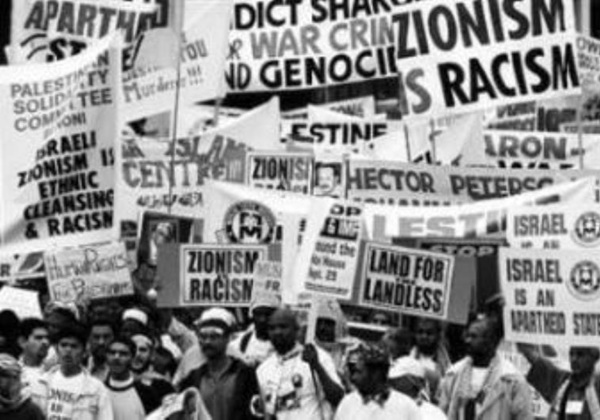
Durban "World Conference against Racism, Racial Discrimination, Xenophobia and Related Intolerance" Photo courtesy of Reuters
Despite Friedan’s efforts, and despite the eloquence of U.N. Ambassador Daniel Patrick Moynihan’s opposition to “this infamous act,” General Assembly Resolution 3379, which labeled Zionism as a form of racism, passed on Nov. 10, 1975. The next day, Friedan made a surprise appearance at an anti-3379 protest, where she identified herself “as a woman, as an American, and as a Jew.” She proclaimed: “All my life I have fought for justice, but I have never been a Zionist until today.” Subsequently in an American Jewish Congress Symposium called “Woman as Jew, Jew as Woman,” Friedan would root her feminism in her Judaism. She often wondered, “Why me?”—what prompted her to confront sexism? Eventually, she traced “this passion against injustice” to the values she absorbed and the mild anti-Semitism she experienced “as a Jew growing up in Peoria, Illinois.”
Friedan’s Jewish transformation was mostly public and political. Letty Cottin Pogrebin experienced a more personal awakening. Pogrebin wrote in her 1991 memoir, Deborah, Golda and Me, that although Israelis were targeted, “I knew the arrow also was meant for me.”
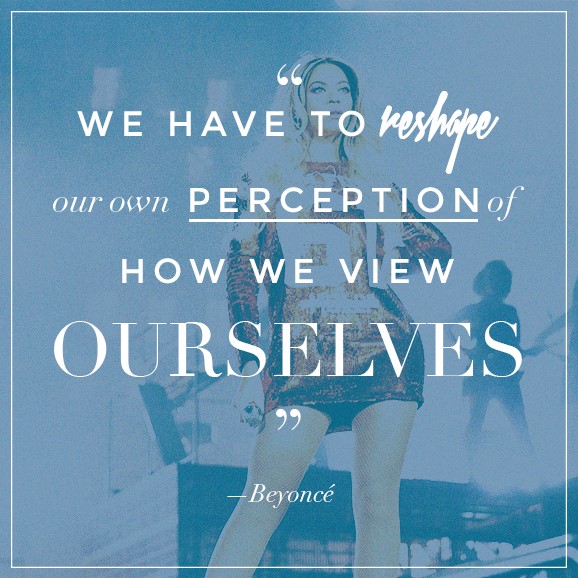
She realized that “to feminists who hate Israel, I was not a woman, I was a Jewish woman.” Launching a deeper Jewish journey, Pogrebin wondered: “Why be a Jew for them if I am not a Jew for myself?” Many Jews reported experiencing an identity reawakening following the public trauma of the “Zionism is racism” resolution. Like Pogrebin, and Theodor Herzl, many discovered that anti-Semitism can make the Jew, but it is more satisfying for the Jew to make the Jew.
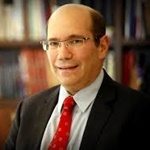
Gil Troy is the author of Why I am a Zionist, Moynihan's Moment and an avid writer on all things Israel. His forthcoming book, The Zionist Ideas, which updates Arthur Hertzberg's classic work, will be published by The Jewish Publication Society in this Spring. Professor Gil Troy is Distinguished Scholar in North American History at McGill University and divides his time between the US and Israel.


